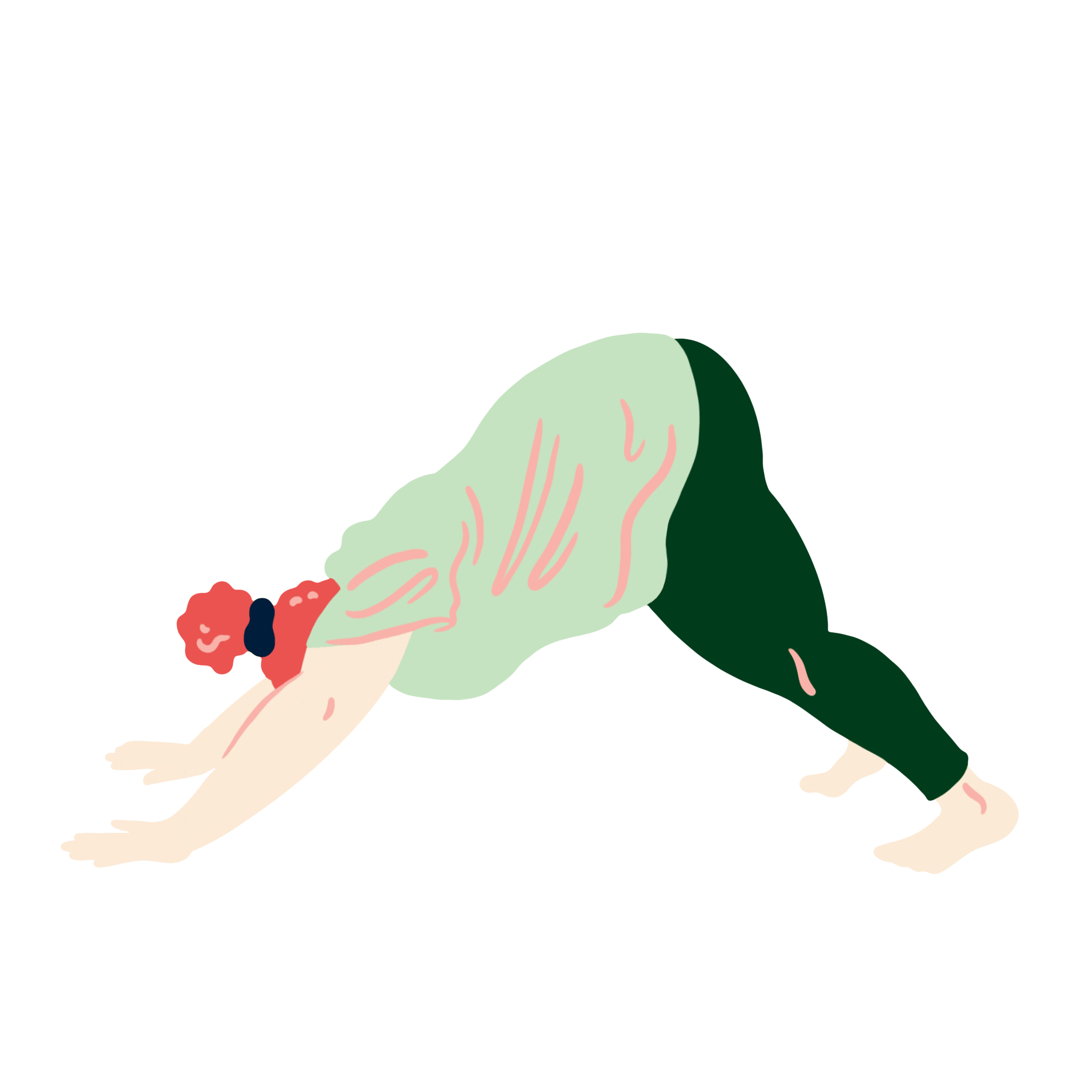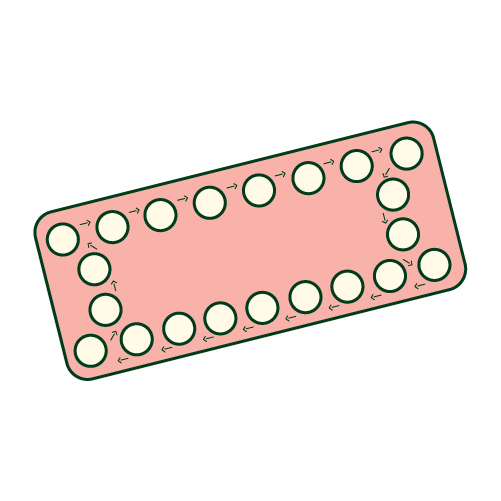Although we’re all gradually learning more and more about endometriosis, dealing with this chronic condition is still something many people struggle with due to its incurable nature.
It’s important to remember that everyone is different — everyone will have different ways of dealing with endometriosis, and the condition will manifest differently for everyone — but we hope some of these coping mechanisms will help anyone whose everyday life is adversely impacted by endometriosis.
How can you deal with endometriosis?
Dealing with endometriosis mostly involves zeroing in on pain relief, due to the many forms of pain the condition can manifest. Those suffering with endometriosis may also experience pain during (or after) sex or other forms of pain — but pain isn’t the only symptom, and the condition can be managed via other means, too.
But we’ll kick things off with pain relief options, for all those who are doubled over in pain during periods, sex or any other time:
TENS machines
The ‘TENS’ stands for ‘Transcutaneous Electrical Nerve Stimulator’.
- The machines are small and subtle (they can also be portable), and operate via electrodes that you can place on the skin and which transmit electrical pulses into the body. It sounds dramatic, but it doesn’t hurt (you don’t need any more pain in your life if you suffer with endometriosis!): it just feels ticklish.
- Clip it to your belt, or just hold it in place: but always check with your GP before using a TENS machine, as they might not be suitable for everyone depending on pre-existing conditions.







